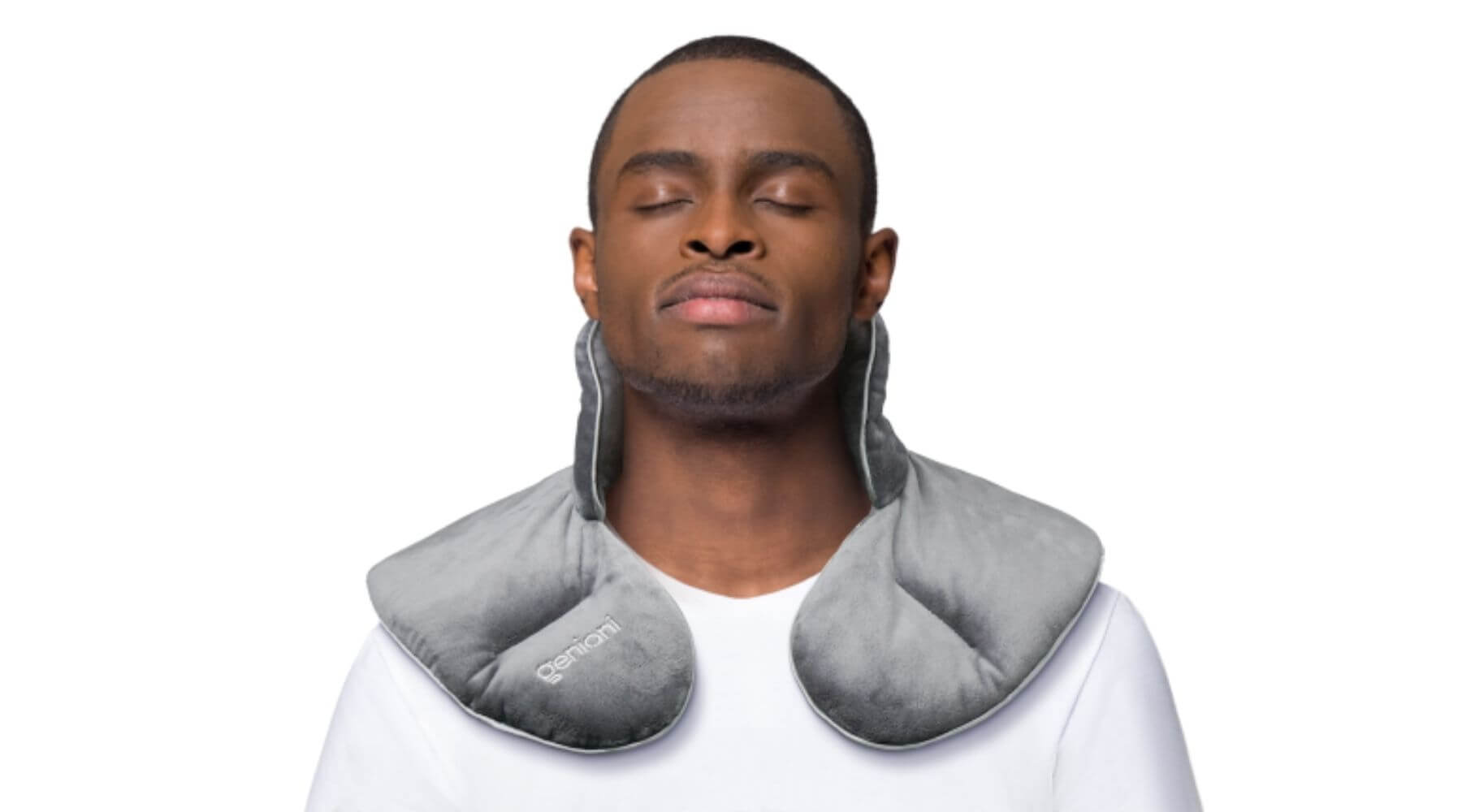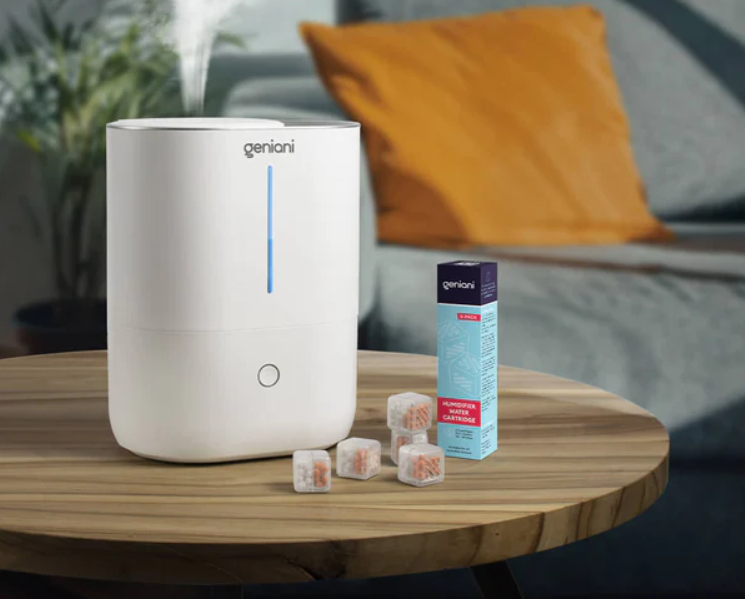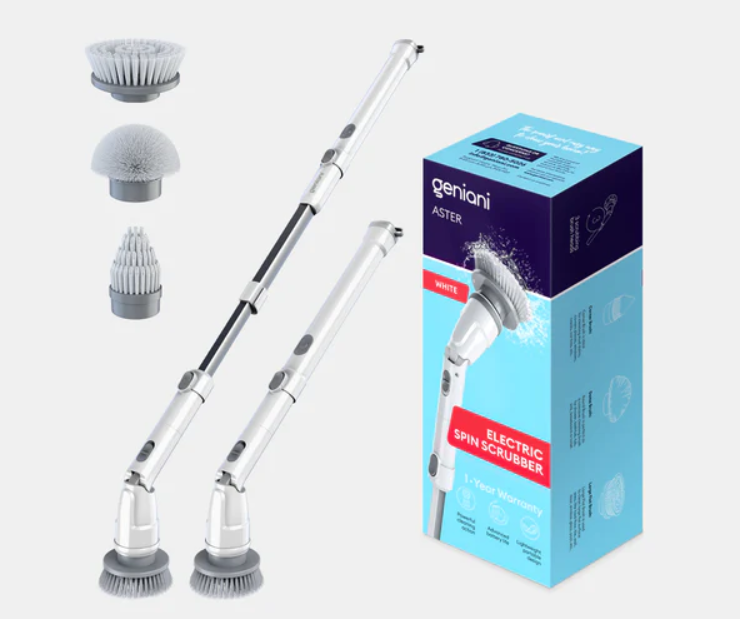Heat therapy can provide relaxation, comfort, and reassurance by taking the edge off of several kinds of body pain. This type of treatment increases the blood flow, along with protein and oxygen. Let’s talk about the benefits and types of heating therapy.
Heat Therapy Treatment for Pain
Heat therapy is an awesome treatment for the management of chronic pain. Warm temperature therapy aids in muscle relaxation. As a result, it can ease pain and alleviate stiffness of sore joints. There are many different types of heat therapy, and a variety of methods to choose from. You will discover a favorite after trying many of them. It is really important to understand which therapy is optimal for your needs; which provides the best relief. We list a few options that you may want to try in your treatment.
Why Does Heat Help with Pain

Here I am going to explain the most efficient methods and show you exactly how heating therapy works.
- Heat is calming and works for our body like a pain-killer.
- Heat is capable of penetrating a few centimeters through your body’s tissue and helps to raise its temperature. This way biochemistry speeds up and the healing process goes faster.
- Thermotherapy helps with post-exercise pain.
- Sometimes heating provides a neurological distraction: by concentrating on feeling a warm heat you reprogram your mind to focus on something else – not pain.
Where to Use it Then

The main function of heat is to help our body to relax and comfort itself. It helps our muscles to stretch and relieves the pressure. Thermotherapy is effective for dull pain which can be associated with different causes (here is the list):
- Pain from overexertion: if you haven’t worked out all year and suddenly decided to train before beach season. Heat therapy is not only helpful but also is pretty much the only thing which is both safe and effective in a situation like this, but we’ll talk about it later.
- Pain centered in specific areas which are mostly caused by muscle “knots”, osteoarthritis or trigger pains, most kinds of spams (they might appear due to many reasons – restless leg syndrome or menstrual cycle.
- “I am tired and everything hurts” kind of pain. It has a scientific term and is caused primarily by vitamin D deficiency, fibromyalgia, medication side-effects or lack of sleep.
There are many kinds of pain which can be relieved by thermotherapy, but those are most likely to happen and the easiest to treat. Of course, you have to remember that severe pains should not be treated by heating. Don’t use heat therapy for treating appendicitis pain or 2nd-degree burns – ice is much more relevant in these cases.
But Do No Harm
Be attentive: the heat should not be applied for every kind of pain. So here are some rules that you need to follow.
- The main rule here is that you shouldn’t use heat for treating an infection or fresh injuries, or any inflammatory pain at all! These kinds of pain need a completely different approach – you need ice therapy to soothe inflamed tissue.
- Watch the symptoms: if you notice some redness and swelling, or sensitivity to touch – these signs show that you shouldn’t even think about treating pain with heat.
- What to do if you can’t see any superficial infection or inflammation? Theoretically, you can use heat therapy. But practically, sometimes it’s almost impossible to define whether your pain is just a spasm or appeared due to some injuries.
Be Careful
Sometimes even professional doctors can’t confidently draw a line between when your body just feels damaged or is damaged for real. Everything is not simply white and black – in several cases, pain can exist in a gray area between these two categories. Let me show you what I mean with the simplest example – how to define whether you have muscle “knots” or muscle strains. A strain is a physical damage when there is a rip in your muscle. On the other side, a “knot” or a trigger point often means a micro-spasm. The severity of “knots” and strains matter, but even if the strain is minor, you can’t treat it with heat, while severe “knot” pain can be normally treated with heat. If your pain is not severe but you are not quite sure whether it’s a strain or a knot, you can try some heating and see if your pain improves. If we are talking about back pain, you can also use heat – but again – make sure that you are not dealing with a strain. Actually, in most cases, heating works much better than icing for back pain.
How to Heat: Locally or Systemically?

There are two main types of heating treatments: systemic and local. Of course, there are many more subtypes, but these two are the general ones. By local heating, they usually mean heating that is specifically applied to a specific place or part of a body. For example, when you treat a leg pain with a heating pad, or a bottle full of hot water or a heated bean bag, you apply local heating. Systemic heating is warming of the entire body (with a hot bath or shower). Geniani heating pads are fast, efficient and reusable. They are soft and pleasant to use, but more importantly – Geniani heating pads have a moist heat function. Another good thing is that they have many settings – so you can regulate the temperature for different treatments (105 – 140 ⁰ F).
Types of Heat Therapy
There are two options for heat therapy: moist heat and dry heat.
- Dry heat, such as electric heating pads and saunas, draw out moisture from the body and may leave the skin dehydrated. However, some people feel that dry heat is the easiest to apply and feels the best.
- Moist heat, such as hot baths, steaming hot towels or moist heating packs can aid in the heat’s penetration into the muscles, and some people feel that moist heat provides better pain relief.
Let’s talk about some details.
Hot Bath or Shower, Sauna

Hydrotherapy — water treatment — is still popular. Immersion, buoyancy, heat, and vibration (for jets) all have useful biological as well as sensory effects. They are useful to people with injuries, pain, anxiety, depression, and more.
Hot Water Bottle
The best hot water bottle for pain relief can easily and quickly reduce pain when painful cramps or pulled muscles strike. Hot water bottles deliver targeted heat therapy, enhancing blood circulation, loosening up tense muscles, and providing a comforting blanket of warmth.
Heated Gel Packs
Like a hot water bottle, gel packs are widely available. They usually stay warm for about 40 minutes after activation in a microwave. Some heated gel pack options may also include moist heat, which many people find helpful.
Heating Pad

This simple heat therapy option comes in many different sizes. Heating pads help you get rid of the pain by targeting the area with a stream of heat. The heat helps muscles relax, and makes the pain go away. Several minutes of heat therapy is enough to feel relief and forget about aching muscles.
Why Not Try Pain Meds Instead of Heating?
Pain medications are most often used for DOMS or fresh injuries. However, let’s not forget that medications have a lot of different side-effects. For example, some of them are not good for pregnant women or little kids. Another pain-killers’ problem is that you can’t take them chronically – like all drugs, pain medication can cause addiction. For example, one of the most popular pain drugs – acetaminophen. It works good for short-term pain, but you have to be extremely careful with dosages. If you take too much, it will hurt your liver. Other drugs (like NSAIDs, for instance) can cause heart problems if the dose is too high. Heating therapy, on the other hand, doesn’t have these side-effects – of course, that does not mean that you don’t have to be careful with limiting the temperature and duration of heating.
When Heat Therapy Can’t be Used
Please note that heat should not be used in some circumstances. It is very important to know when heat therapy is not an option. If you have heart diseases or hypertension you should consult your doctors. Moreover, if your lower back is swollen or bruised, heat is not the best choice for you.
Benefits of Heating Pads
Winter is coming! This is the season of the year when you want to warm up quickly or just fly off somewhere winter can’t be found. But what can you do when you are at work and cannot warm up? Or at home when you need more warmth? Heating pads can be used for many things! Warming you up when it is too cold is just one of them. They can ease and soothe sore muscles or help reduce stomach cramps, by relieving sore muscles. The physical benefits of heat and heating pads are that the heat makes the blood vessels throughout the muscles expand. You can also use heating pads for your meditation purposes. Other benefits of using heating pads are that it relaxes you and helps free your mind. Adding heat will benefit not only you but the people around you in the long run because it helps promote a healthy state of mind and happiness. Take care! Your Geniani team.
ENJOY THE SPECIAL BENEFITS FOR OUR ENGAGED BLOG READERS!
- Get 11% OFF any heating pads: Use “BLOGHEAT” during your checkout or follow this link to get your deal!
- Get our brand new Huron Humidifier White with 15% off instantly, just follow the link and enjoy your special discount.
- Buy portable cool mist humidifier Erie White with 14% off. Follow the link to get your discount applied.
- Purchase the microwavable heating wrap Magma Space Blue with 15% off. Follow this link to get a coupon activated.







